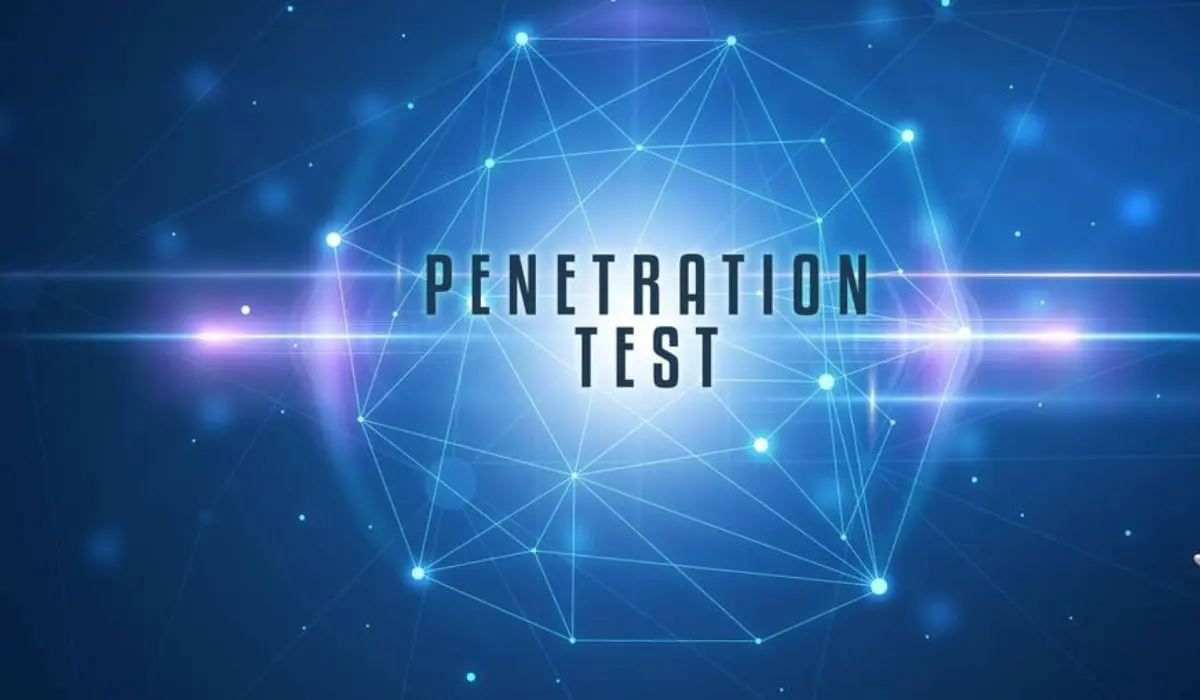Every security test culminates in a report. Clients often ask Penetration Testing Reports: What Information Do You Get? This document guides decision-makers through findings. It transforms raw data into clear, actionable steps. A well-crafted report boosts remediation efforts and aligns teams on priorities. In this article, you’ll explore each report section, learn how to interpret results, and set realistic expectations before your next pentest.
Why Penetration Testing Reports Matter
Penetration testing reports shape your security strategy in five key ways:
-
Clarity on Vulnerabilities. Reports pinpoint risk levels so teams can act fast.
-
Compliance Evidence. Auditors accept documented findings to satisfy PCI-DSS, HIPAA, or GDPR requirements.
-
Prioritized Action Plans. Reports rank issues by severity, guiding resource allocation.
-
Executive Summaries. Tailored summaries translate technical jargon into business risk terms.
-
Post-Test Roadmaps. Reports map remediation steps and retesting guidelines.
By answering Penetration Testing Reports: What Information Do You Get?, you empower stakeholders to close gaps efficiently and sustain robust defenses.
How Often Should You Perform Penetration Testing?
Detailed Breakdown in Penetration Testing Reports: What Information Do You Get?
A typical penetration testing report follows a structured template. Below is an overview of each section:
1. Executive Summary
This high-level overview answers Penetration Testing Reports: What Information Do You Get? in plain language. It highlights:
-
Scope and Objectives: Defines assets tested and testing goals.
-
Overall Risk Posture: Summarizes findings at a glance.
-
Key Recommendations: Lists top three actions for executives.
2. Methodology
Clients see the testing approach here. This section covers:
-
Standards Referenced: Often NIST SP 800-115 or the OWASP Testing Guide.
-
Test Types: Black-box, white-box, or grey-box specifics.
-
Tools Used: Examples include Nmap, Burp Suite, and Metasploit.
3. Findings & Risk Ratings
Here you find granular details that answer Penetration Testing Reports: What Information Do You Get?:
-
Vulnerability Description: Clear summary of each flaw.
-
Technical Details: Proof-of-concept steps and screenshots.
-
Risk Ratings: CVSS scores or custom scales (e.g., High/Medium/Low).
4. Impact Analysis
This section estimates business impact:
-
Data Exposure Risks: Types of data at risk (PII, financial, etc.).
-
Operational Disruption: Potential downtime or service failures.
-
Compliance Gaps: Violations of regulations like PCI-DSS or GDPR.
5. Remediation Guidance
Clients receive precise “how-to” advice:
-
Fix Steps: Code snippets, configuration changes, or patch links.
-
Timeline Recommendations: Urgency levels for each fix.
-
Verification Methods: How to test that fixes work correctly.
6. Retesting & Validation
Finally, reports set retest plans:
-
Retest Scope: Which issues experts will verify again.
-
Timeline: Suggested window (e.g., within 30 days).
-
Success Criteria: Clear pass/fail benchmarks.

What Clients Can Expect: Penetration Testing Reports: What Information Do You Get?
Setting expectations before testing helps both sides. Here’s what clients commonly receive:
-
A PDF Document. Professional formatting with clickable table of contents.
-
Raw Data Export. CSV or JSON of all scanned items for in-house analysis.
-
Presentation Deck. Optional slides summarizing findings for board members.
-
Live Debrief. A walkthrough call to discuss nuances and answer questions.
These deliverables ensure complete transparency. Clients who understand Penetration Testing Reports: What Information Do You Get? gain full control over their security posture.
How to Read Your Penetration Testing Report
-
Review the Executive Summary First. Focus on high-level insights and risks.
-
Scan the Findings List. Note any “Critical” or “High” ratings.
-
Read Impact Analyses. Understand business consequences for each flaw.
-
Follow Remediation Steps. Assign responsibilities and deadlines.
-
Schedule a Retest. Ensure your fixes actually close vulnerabilities.
This approach transforms raw test data into a clear security plan. It helps answer Penetration Testing Reports: What Information Do You Get? in practical terms.
Integrating Reports into Your Security Workflow
A solid security program uses pentest reports across multiple functions:
-
Development Teams. Fix code bugs and harden applications.
-
IT Operations. Apply patches and adjust network defenses.
-
Compliance Officers. Archive reports for audits and inspections.
-
Executives. Use summaries to justify budgets and staffing.
For end-to-end support, consider our Penetration Testing for Businesses service. We deliver professional reports that align with your risk profile and compliance needs.
Authoritative Resources for Report Standards
-
NIST SP 800-115 Guide to Information Security Testing and Assessment.
-
OWASP Web Security Testing Guide.
-
PCI Security Standards Council Testing Guide.
These frameworks inform each Penetration Testing Reports: What Information Do You Get? section. They ensure consistency and comprehensive coverage.
Common Questions about Penetration Testing Reports
Q: How technical are the reports?
A: We tailor reports to your audience. Executives get summaries. Engineers receive full technical details.
Q: Can I get raw data?
A: Yes. We provide CSV/JSON exports with every report.
Q: How long until I get the report?
A: Standard delivery is within five business days after testing completes.
Q: Do you help with remediation?
A: Absolutely. We guide your teams through fixes and validate steps in a retest.
Smooth Transitions: From Report to Remediation
Turning a report into action requires tight collaboration. Start with a triage meeting to assign tasks. Then update your vulnerability management tool with report data. Finally, schedule the retest. Following these steps closes the loop between testing and operational security.
Conclusion
Wondering Penetration Testing Reports: What Information Do You Get? no longer needs to be a mystery. You now know each report section, deliverable, and best practice. Use your report to drive remediation, support compliance, and strengthen trust. Ready for a detailed, actionable report? Explore our expert penetration testing services, and set clear expectations on what you’ll receive. Secure your infrastructure with confidence and clarity.



No responses yet